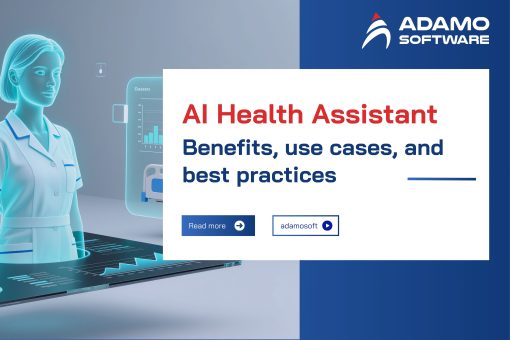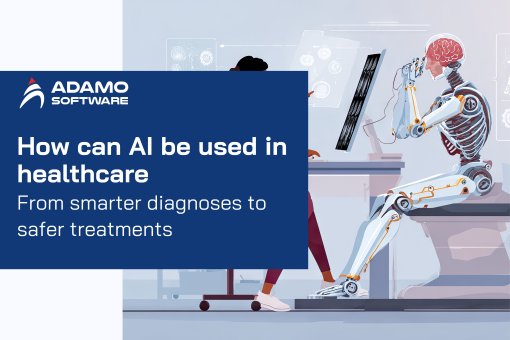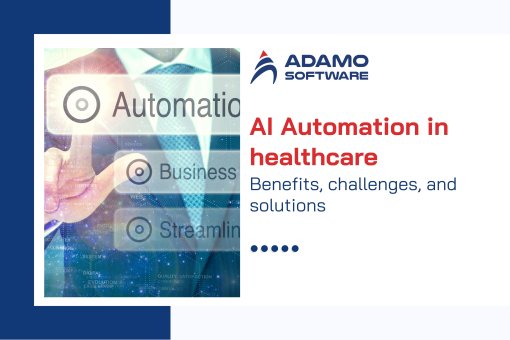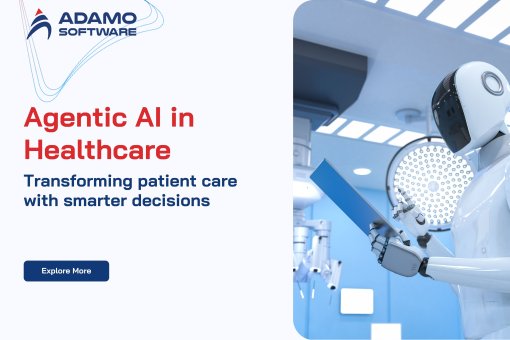What is eMAR in Healthcare – Comprehensive Guide 2026
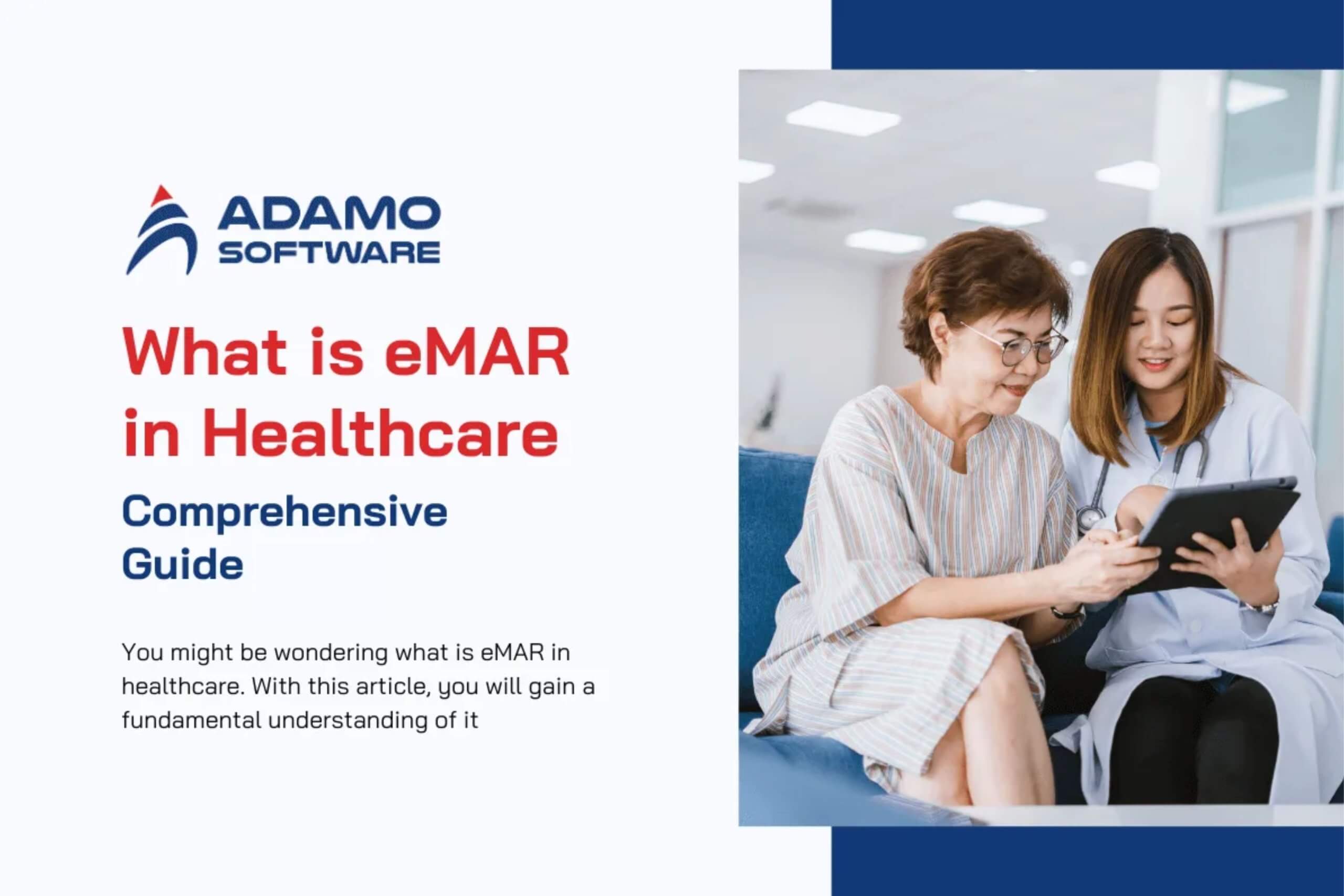
As the healthcare field progresses, technology remains a continual force of change in the delivery and management of care. One such innovation is the Electronic Medication Administration Record (eMAR), which is one of the most important innovations in modern medical practice.
However, what is eMAR in healthcare, and why is it receiving so much attention? This article is a one-stop guide for 2026, and it focuses on eMAR, its definition, advantages, types of eMAR, features of eMAR, and possible future developments.
This guide begins by answering the fundamental question: What is eMAR in healthcare? After that, we will present some advantages of using eMAR to show how this approach can change the healthcare system. We will also classify different eMAR systems and mention some standard features and future trends of this technology. Let’s dive right in!
I. What is eMAR in healthcare?
What is eMAR in healthcare? eMAR stands for Electronic Medication Administration Record, which is a paperless system of documentation compared to charts. It legally documents and archives records of every drug prescribed to a patient. Each record is time-stamped and contains the name of the medical professional who made the input.
This made many healthcare providers seek government incentives through eMAR and other digital solutions brought about by the HITECH Act.eMAR systems help reduce the time spent on and mistakes in prescriptions with barcodes that contain all the necessary data. The FDA backs up these systems to avert prescription mistakes and enhance care delivery.
To improve efficiency in healthcare, it’s essential to learn what is eMAR in healthcare. With eMAR, there’s no need to manually input data or keep paper documentation while quality and auditing features are maintained. Data backup in eMAR systems is usually done daily. Therefore, this enables record keeping and data display in charts and graphs. This feature helps medical practitioners monitor the patients’ progress efficiently.
Besides medication administration records, eMAR systems contain a patient’s medical record, prescriptions, laboratory findings, and imaging. They also help make appointments, remind patients of their schedules, and follow up on their treatment schedules. Therefore, by combining all the patient information, eMAR increases efficiency and the quality of service delivered in healthcare facilities.
You can explore more about Hospital Management System: Types, Key Features & Must-Know Insights here.
II. 10 Benefits of eMAR in Healthcare
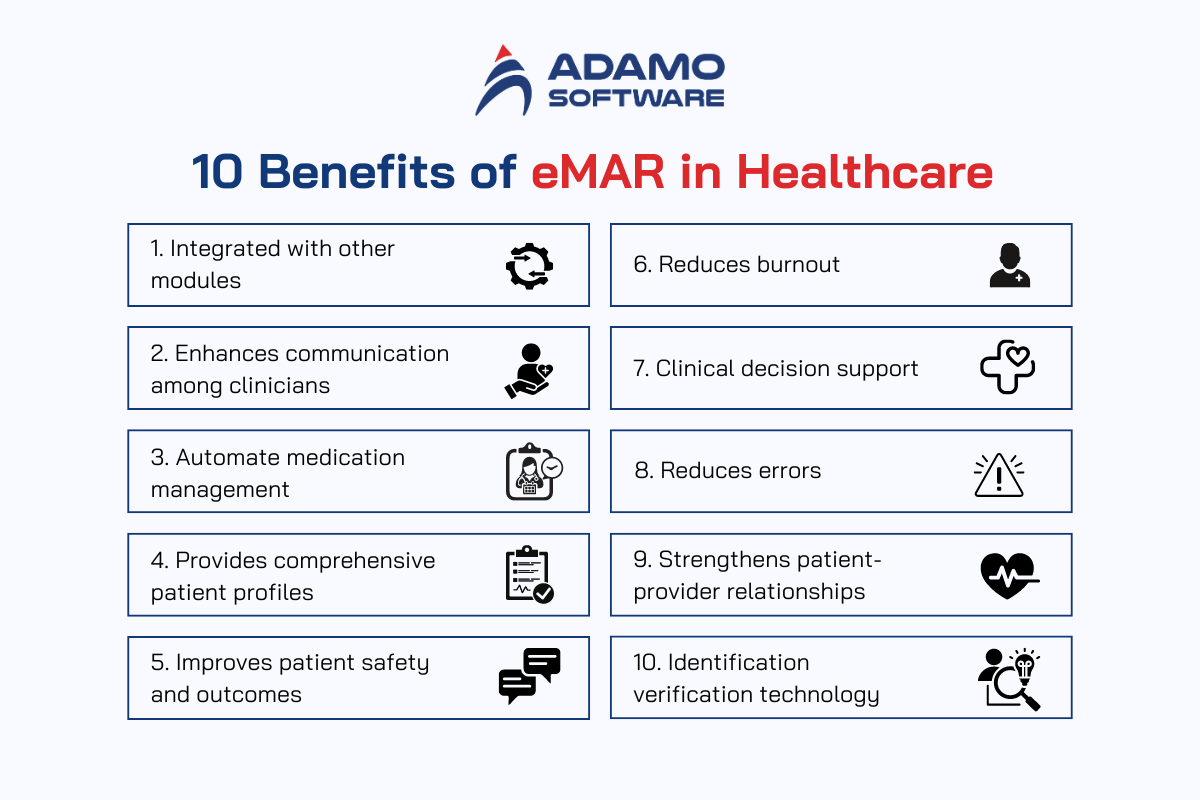
1. Integrated with other modules
Understanding what is eMAR in healthcare can point out its benefits, one of which is integration with other modules. With eMAR, CPOE and Pharmacy are linked to EHR, and all the clinicians are updated for them.
Specifically, new prescription orders from the pharmacy are displayed on the nurse’s screen immediately, with the right medication and dosage. This way, if a patient’s information changes, the pharmacy can know and alter the prescriptions if necessary.
2. Enhances communication among clinicians
eMAR helps enhance the interaction between caregivers and other healthcare professionals. Hence, communication gaps regarding the medications and the dosages can be minimized. It is also possible to exchange instant messages or leave detailed notes for the nursing staff. This will increase understanding and safety for the patient.
3. Automate medication management
Automation in medication management is why it is so important to know what is eMAR in healthcare. eMAR makes the prescription of a patient’s prescriptions manageable and tracks medication administration from order to administration. It can also order refills on its own. Most importantly, it can order refills for the drugs on its own. The system reminds the nurses of orders that will soon expire so that they can make appropriate prescription changes or interventions.
4. Provides comprehensive patient profiles
Once you fully grasp what is eMAR in healthcare, you will understand its benefit of providing comprehensive patient profiles. These records contain information about the patient’s identity, images, age, gender, food allergies, blood pressure, and past healthcare data. eMAR keeps a record of all clinical actions, including time, date, and status, for quick reference during the assessments.
5. Improves patient safety and outcomes
Knowing what is eMAR in healthcare means you also know that it will help you improve patient safety and outcomes. eMAR improves patient care by increasing interaction, decreasing fatigue, and increasing the satisfaction of the employees.
It enables the healthcare provider to have an overview of a patient’s health for treatment, management, and even decision-making. Without it, healthcare facilities risk compromising patients’ safety and the quality of care they receive.
6. Reduces burnout
The US healthcare system has been experiencing burnout for years, and the pandemic only made it worse. Tired doctors make more errors. Research shows that eMAR cuts staff’s working hours by 50%- 75%, thus helping to address burnout.
7. Clinical decision support
When learning what is eMAR in healthcare, we must remember its advantage of supporting clinical decisions. Clinical Decision Support (CDS) is a part of a sound eMAR system, improving care quality with several decision-making instruments. These include alerting, guidance, order sets, data reporting, templates, and diagnostic aids, which are AI-based and analytics for decision-making.
8. Reduces errors
Now that you understand what is eMAR in healthcare, do you know that it can help you reduce errors? eMAR can decrease medical mistakes through Identification Verification Technology. If a nurse writes illegibly, there can be fatal errors eMAR minimizes this. Adverse drug alerts inform the nurses of prescription contraindications with foods, the patient’s allergies, or other drugs. Additional planned prompts and notifications reduce mistakes even more. Thus, it reduces non-timing administration errors by 41%, drug-related adverse events by 51%, and timing mistakes by 27%.
9. Strengthens patient-provider relationships
A reason to know what is eMAR in healthcare is to utilize this tech for better relationships with your customers. Patients want to feel that the healthcare professionals care for them and want to build a rapport with the latter. eMAR helps to do away with paperwork thus allowing for more time to be spent interacting with the patients. Positive patient-provider interactions are suitable for an individual’s health.
10. Identification verification technology
As briefly mentioned above, this is one of the most important benefits when learning about what is eMAR in healthcare. It helps ensure the Six Rights Checking: patient, right drug, right time, correct dose, right route of administration, and proper documentation. Nurses confirm with the ID badge, the patient’s bracelet, and the label on the medication. The likelihood of making administrative mistakes is significantly low when the barcodes are almost entirely adhered to.
III. What Types of eMAR System
It is without question that knowing the types of eMAR systems that are available is crucial when first learning about this tech. To help you understand, we have gathered information about the most common types of eMAR in the healthcare sector. Let’s find out what they are:
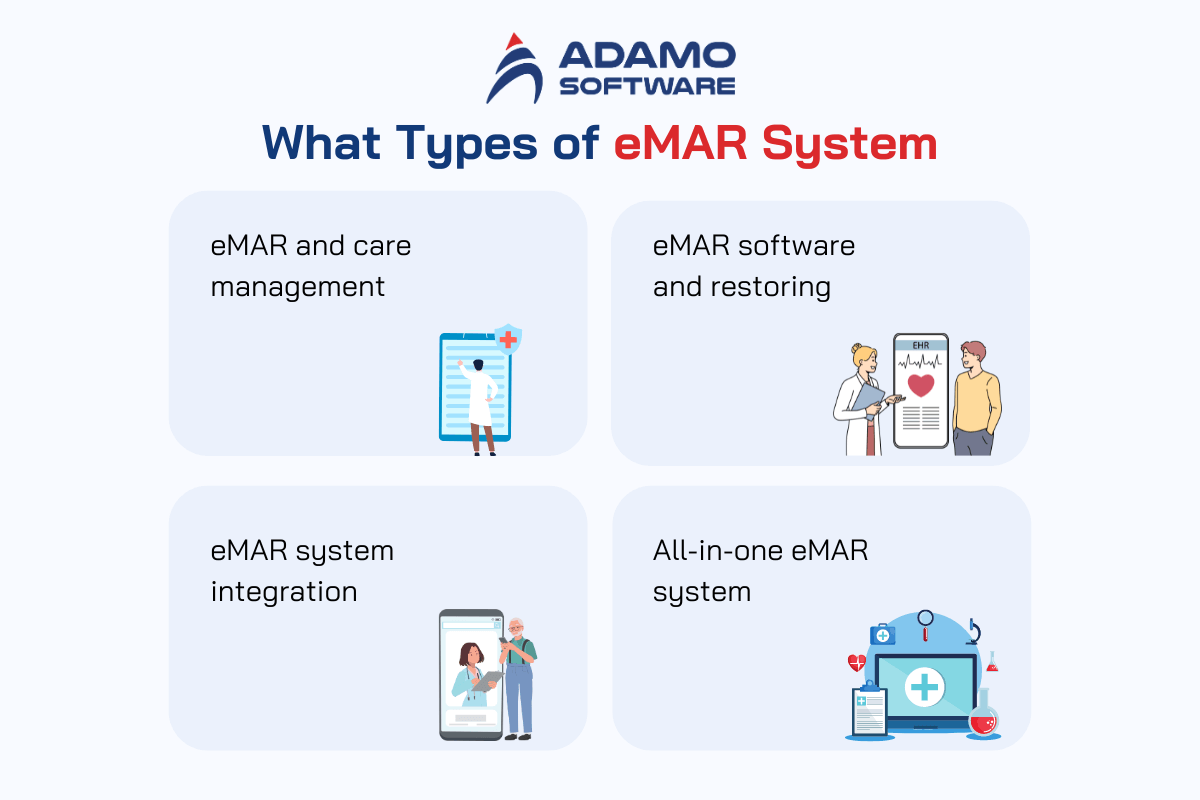
1. eMAR and care management
When defining what is eMAR in healthcare, it is possible to come across eMAR connected to care management tools. The quality can be poor or excellent, which is why it is essential to get a demo. The integration of eMAR with task planning and care plans helps to achieve the goal of reduced paper use.
2. eMAR software and rostering
Another type of eMAR to know when figuring out what is eMAR in healthcare is eMAR software and rostering. Most start their digital change by digitizing rostering. The application of eMAR with rostering helps with visibility and audit issues.
3. eMAR system integration
Having analyzed what is eMAR in healthcare, it is necessary to emphasize the importance of integration. Integration offers value for money and has features from the best software companies. Most credible eMAR providers can also help with rostering integration to provide end-to-end solutions.
4. All-in-one eMAR systems
The last type you need to take note of when learning what is eMAR in healthcare is all-in-one eMAR. Some also provide eMAR with extra facilities such as rostering and care management. But one should be wary of these systems’ functioning. They may not be reliable and may lack design and some basic features. While it is possible to use two systems, it is possible to achieve the best of both worlds if the two are correctly integrated.
IV. Common Features of eMAR

1. Alerts
The first feature you need to know when trying to understand what is eMAR in healthcare is. This feature is very important to avoid cases where some of the medications are missed. Notifications inform the nurse and the physician of the particulars of the patient, medication, and particular times for each administration. As a result, eMAR systems contribute to the minimization of cases of missing dosages. Therefore, hospitals can ensure that all medical personnel are aware of each patient’s medication regimen. This helps in timely administration and enhances the quality of care that is accorded to the patients.
2. Audits
When looking at what is eMAR in healthcare, it is critical to note that the auditing features are extensive. The conventional techniques of patient report management can be time-consuming and prone to errors when handling data manually. eMAR systems work by combining patient information and producing reports automatically. This helps to save time and provides medical personnel with the most up-to-date information. From there, they can dispense medications and care to the patients effectively.
3. Reporting
The common feature of eMAR, reporting, becomes clear once you understand what is eMAR in healthcare. Generation of detailed patient reports can be time-consuming and complex as it involves the treatment of each patient. It usually entails coping with a lot of paperwork, which is a burden to healthcare practitioners. eMAR systems help in this by developing the process of reporting and the monthly and weekly reports. These reports contain all the relevant information about the patient and the medications prescribed to that individual. The following automation helps minimize the amount of paperwork for the nurses and frees up their time for the patients.
4. Communication management
The next feature to know when finding what is emar in healthcare is communication management. Communication is vital in healthcare facilities to ensure that all employees agree. eMAR systems support this by handling internal communication and also improving the means through which doctors interact with their patients. They can provide real-time updates, and patients can interact with the healthcare providers through mobile applications. So, everyone in the chain of care of the patient is updated.
5. Notes
It is crucial to have good notes since it helps in documenting the patient’s status at the right time. eMAR systems also document notes made by the medical staff, and each note made is logged and retrievable. This system ensures that the notes are secured by a login name and password. So, when that critical information must be protected, it will only be accessed by authorized personnel.
6. Automated scheduling
What is eMAR in healthcare when it comes to automated scheduling? With the advancement of technology in the healthcare sector, eMAR software has brought in the feature of automated appointments. This option enables the patient to make appointments on their own, see available time, and address concerns of their needs. On the one hand, eMAR systems help to minimize the staff’s engagement in appointment scheduling. This is because patients can set appointments online from the comfort of their homes. Therefore, it contributes to the general efficiency and convenience of the process.
V. Future Trends in eMAR in Healthcare
1. AI and machine learning integration
The first trend when exploring what is eMAR in healthcare is AI and machine learning. The use of these technologies is said to bring a significant change in eMAR systems. With the help of predictive analytics, care professionals will be able to know the medication requirements of their patients in advance. Thus, they will be able to prevent or at least minimize the occurrence of adverse drug interactions. They will also be able to design care plans with minimal error margins. This advancement will also improve patient safety and free up time for caregivers to spend more time with the patients.
2. Expanding integration capabilities
To grasp the concept of what is eMAR in healthcare it is also necessary to identify the growing possibilities of its integration. In the future, eMAR will be integrated with more intricate connections to other healthcare devices and platforms.
For instance, wearable devices can record the patient’s vital signs and transmit them to the eMAR system in real-time. This real-time integration will help implement changes in the medication plans following the current health status of the patient. Hence, the care outcomes can be improved.
3. Enhanced user experience
What is eMAR in healthcare in terms of the usability of the system? The next generation eMAR systems will focus on designing user-friendly graphical interfaces for the caregivers and the care receivers. The developers are paying much attention to the process of documenting and confirming the administration of medications. This shall, in turn, minimize mistakes and enhance the training process. Therefore, it makes the system more user-friendly and efficient in the task of enhancing proper medication management.
4. Regulatory Compliance and Data Security
As for understanding what is eMAR in healthcare, the roles of regulation compliance and data security can’t be ignored. However, as the eMAR systems continue to evolve, the protection of the patient’s sensitive information will be a significant concern. Strong security features are crucial to address the changing standards of the law and protect all stakeholders.
5. Impact on Homecare and Domiciliary Providers
The last trend of eMAR in healthcare delivery is about homecare and domiciliary. Healthcare organizations need to remain updated on these future trends to sustain high levels of care. Implementing the most modern eMAR solutions will increase the quality of services. It also brings the services to the modern level of effective technologies, which will significantly affect efficiency.
VI. Build a Feature-Rich eMAR in Healthcare with Adamo Software
As we explore the evolving landscape of eMAR in healthcare, integrating a feature-rich solution is crucial for optimizing medication management. We can become a go-to partner for creating individual eMAR systems.

Adamo Software is a leading Vietnamese healthcare software development firm, with experience in providing state-of-the-art solutions in different fields, including healthcare. So, we can combine global expertise with local insights to meet your specific needs.
Our expert team is proficient in designing secure and intuitive eMAR systems that can integrate with your organization’s current systems and processes. Adamo Software’s commitment to innovation ensures that your eMAR system will have the most updated features. With Adamo, you can get a unique eMAR system that increases your company’s efficiency, safety, and treatment quality.
Don’t worry whether you need help in adding new features for the eMAR or improving the system that you already have. Adamo Software is capable of providing you with the assistance you need.
Get in touch with us today to start envisioning your ideal eMAR system and how to level up your way of delivering healthcare.







